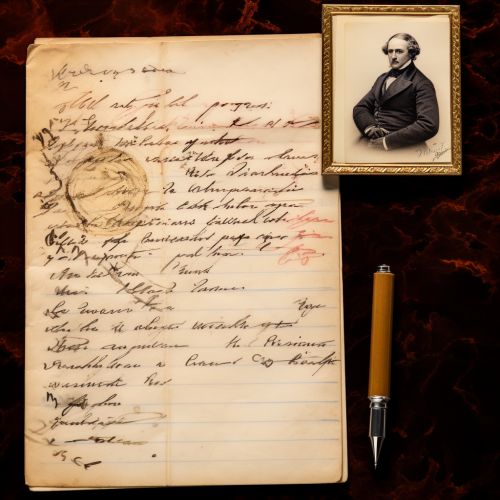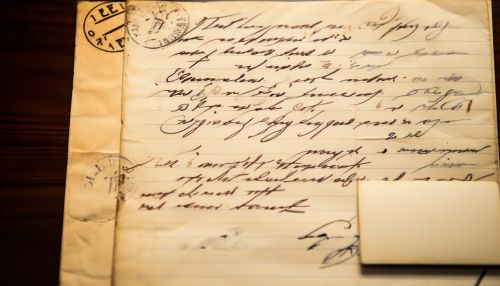Goldbach Conjecture
Introduction
The Goldbach Conjecture is a well-known unsolved problem in the field of number theory that has perplexed mathematicians for centuries. It is named after the German mathematician Christian Goldbach, who first proposed the conjecture in a letter to Leonhard Euler in 1742.


Statement of the Conjecture
The Goldbach Conjecture is a simple yet profound statement about the nature of prime numbers. It asserts that every even integer greater than 2 can be expressed as the sum of two prime numbers. This is often written in mathematical notation as: for all even integers 'n' greater than 2, there exist prime numbers 'p' and 'q' such that n = p + q.
Historical Context
The conjecture was first proposed in a letter from Goldbach to Euler on June 7, 1742. In the letter, Goldbach suggested that every integer greater than 2 can be written as the sum of three prime numbers. Euler, in his reply, considered the slightly different conjecture that every even integer is the sum of two primes, which is the form of the Goldbach Conjecture that is generally known today.
Importance in Number Theory
The Goldbach Conjecture is considered a cornerstone of number theory. Despite its simplicity, the conjecture has proven to be incredibly difficult to prove or disprove, and it remains one of the oldest unsolved problems in mathematics. The conjecture's resolution would have profound implications for our understanding of the distribution of prime numbers.
Attempts at Proof
Many attempts have been made to prove the Goldbach Conjecture, but none have been successful. The conjecture has been tested extensively for even numbers up to 4 x 10^18 and found to hold true, but this does not constitute a proof. Some of the most notable attempts at a proof include those by Pafnuty Chebyshev, Ivan Vinogradov, and Alan Baker.
Impact on Mathematics
The Goldbach Conjecture has had a significant impact on the development of number theory and mathematics as a whole. It has inspired a great deal of research in the field, leading to many important discoveries and advancements. For example, the conjecture played a key role in the development of sieve theory, a branch of number theory that deals with the distribution of prime numbers.
